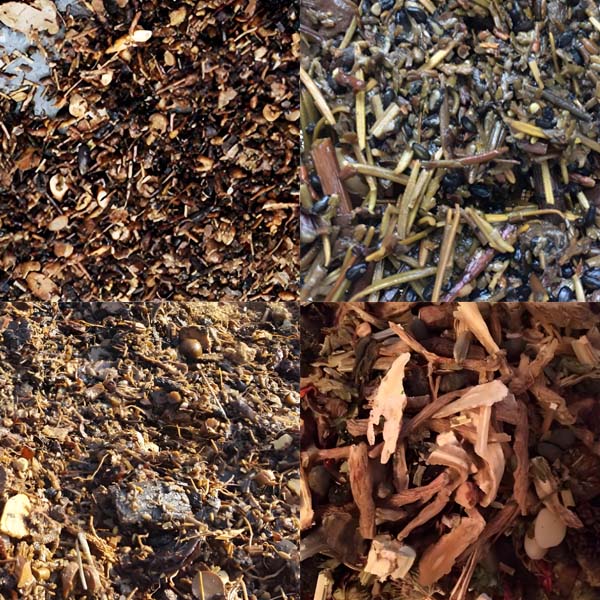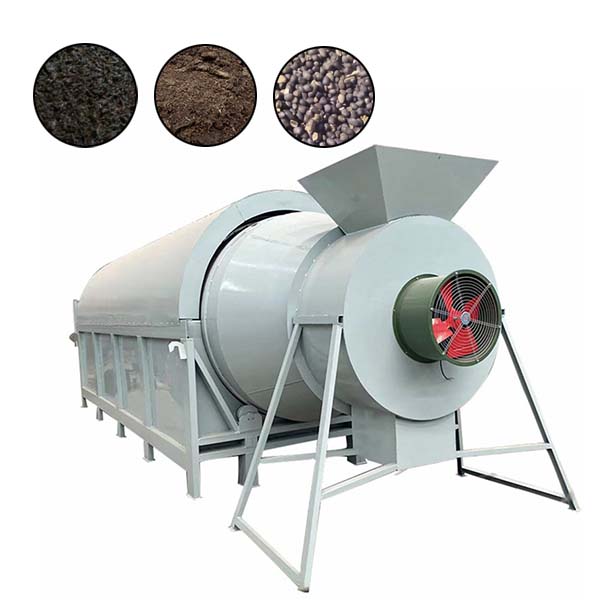What is the drying principle of a drum dryer
The drying principle of a drum dryer mainly involves three processes: heating, heat transfer, and mass transfer, as follows:
Heating process
- Heating source: Drum dryers typically use fuel, natural gas, steam, hot water, or thermal oil as heating sources, which are converted into thermal energy.
- Hot air generation: Heating air to a certain temperature through a heater to form hot air.
- Hot air input: The heated hot air is sent into the drum to provide necessary heat energy for the drying process.
heat transfer process
- Convection heat transfer: Inside the drum, hot air forms convection, transferring heat energy to the surface of the material. This is the most important heat transfer method in drum dryers.
- Radiation heat transfer and conduction heat transfer: Although they also exist in the drying process, their role is relatively secondary compared to convective heat transfer.
- Material temperature rise: After the surface of the material absorbs thermal energy, the temperature gradually increases, causing the moisture inside the material to start evaporating


mass transfer process
- Water evaporation: As the temperature of the material increases, the water in the material begins to evaporate, forming steam.
- Steam discharge: Steam is discharged from the drum together with hot air, taking away moisture from the material.
- Ventilation method: Drum dryers usually use negative or positive pressure ventilation to ensure effective discharge of steam and humid air. Negative pressure ventilation creates a negative pressure environment through exhaust fans, allowing steam to be adsorbed onto the cylinder wall and discharged through ventilation openings; Positive pressure ventilation is the direct introduction of hot air into the cylinder, allowing steam to be discharged along with the hot air.
workflow
- Preheating: Before starting the drum dryer, preheat the cylinder to a certain temperature (usually 80-120 ℃) to prepare for the drying process.
- Feeding: Add the material to be dried into the cylinder, and the material is rolled and mixed in the drum.
- Drying: By heating and ventilating, the moisture in the material is evaporated. During the drying process, it is necessary to control the temperature and ventilation of the cylinder to ensure the drying effect and product quality.
- Discharge: After the material is dried, discharge it in a timely manner. The discharge method generally uses mechanical or manual methods to extract materials from the cylinder.
- Cleaning: After discharging, the cylinder body needs to be cleaned to prevent material residue from affecting the next drying process.


In summary, the drying principle of a drum dryer is to evaporate the moisture in the material through three processes: heating, heat transfer, and mass transfer, thereby achieving the purpose of drying. During this process, factors such as the selection of heating source, generation and delivery of hot air, heat transfer method, and ventilation method all have a significant impact on the drying effect.
If you are interested in the agricultural product processing industry, please consult Zhengzhou Fude Machinery. We integrate research and development, manufacturing, and sales, and our products include agricultural product processing industries such as oil presses, refining machines, dryers, and shellers. We have rich industry experience and professional technical personnel to recommend equipment, develop comprehensive plans for single machines and production lines, and provide discounted prices for direct sales to manufacturers. We hope to receive your satisfaction.
 Oil Press Equipment and Oil Refining Machinery for Sale – Start Your Oil Press Business
Oil Press Equipment and Oil Refining Machinery for Sale – Start Your Oil Press Business